Decorating the hallway with decorative stone and wallpaper
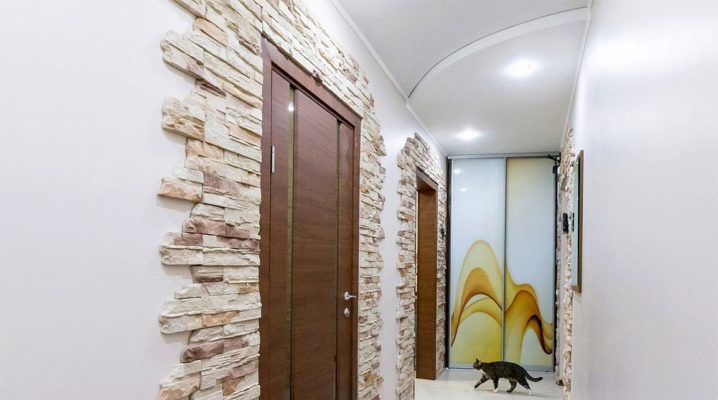
A few seconds in the hallway is the time when we, under the influence of the first impression, decide whether we feel comfortable in this house or uncomfortable. That is why it is worth paying special attention to the decoration and design of the entrance area. A decorative stone or suitable wallpaper can help make a hallway functional and beautiful.
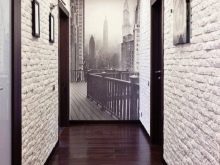
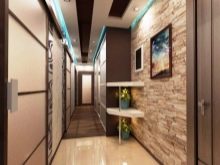
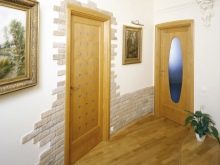
Advantages
Stone is a material that has been used by humans since ancient times. Stone walls have a unique texture, they are incredibly durable and have high insulating properties. The stone is resistant to temperature changes and is an ideal choice for hot spots such as fireplaces or stoves.
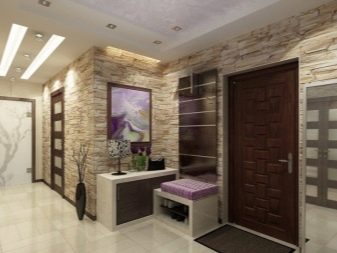

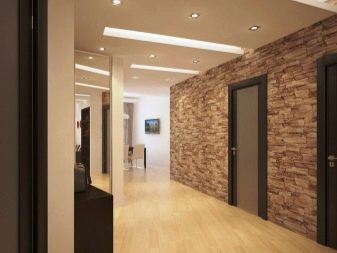
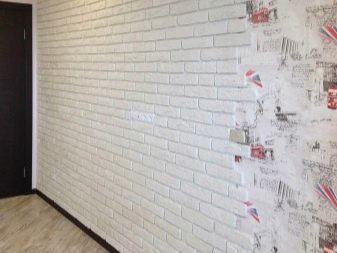
The interior stone finish looks great. It gives the room a royal look.
Environmentally friendly and reliable interior stone walls are resistant to high humidity, wear-resistant, fire-resistant and mildew resistant. The stone has the longest service life of all finishing materials. Finally, it is very easy to maintain internal stone walls. Sometimes it is enough to wipe them with a damp cloth or use mild detergents. To avoid damaging stone walls and ruining the beauty of the finish, do not clean them with wire brushes or abrasives.
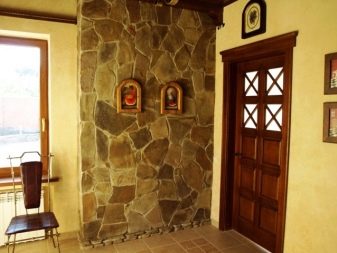
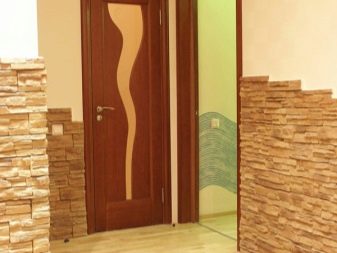
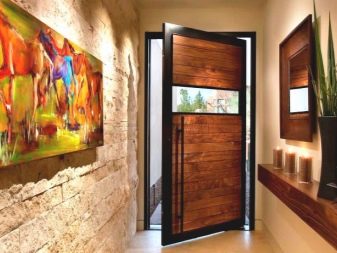

Stone, terracotta and ceramic tiles are ideal for hallway flooring as they are resistant to scratches, scuffs and dirt.
Wallpaper, like stone, is a popular choice for decorating a hallway. They can be used to play with the input space or to associate color schemes of adjacent rooms. Wallpaper is a poor conductor of heat, which makes it a good temperature regulator: it helps keep you warm in cold weather and cool on hot days. In addition, the wallpaper hides small imperfections such as cracks and unevenness. Wallpaper can be used to decorate walls, ceilings, or even furniture. They can be used on a wide variety of surfaces including wood, tiles, stone and even synthetic materials.
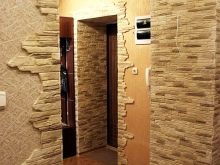

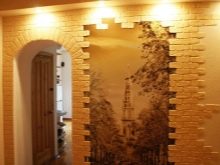
Types of stone
Many people wonder whether it is worth purchasing a natural stone or choosing an artificial one? Let's take a look at their pros and cons.
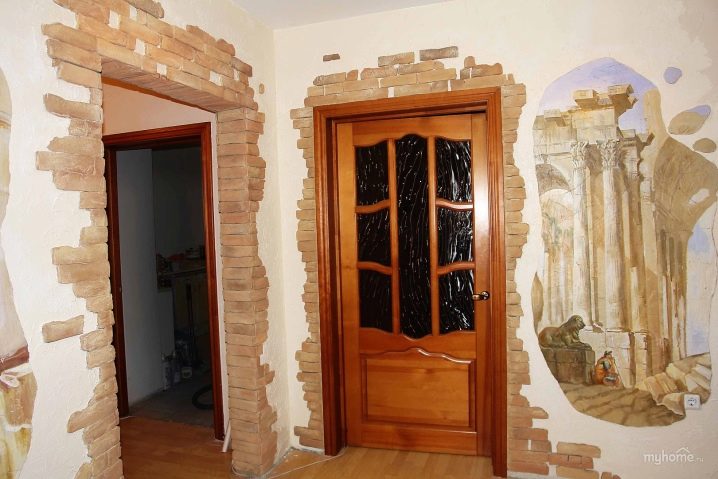
Natural stone is environmentally friendly and aesthetic. It has a natural, raw look that adds naturalness to the interior. The quality of natural stone, its natural beauty and unusual structure make it very attractive for use, despite its high cost. Another obstacle may be that it is a very difficult material to finish.
- Granite Is an extremely hard, durable stone available in a huge variety of colors. Its durability makes it ideal for heavily used surfaces such as floors and kitchen countertops. Granite successfully resists high temperatures, it is almost impossible to scratch, it does not leave stains from citric acid, coffee, tea, alcohol.
- Marble Is an elegant, classic material that has been used for thousands of years. White marble is the most popular, but there are many other color options. Since marble is softer than granite, it is less resistant to stains and scratches. It should be borne in mind that a patina (slight change in color or texture) forms on the marble over time.
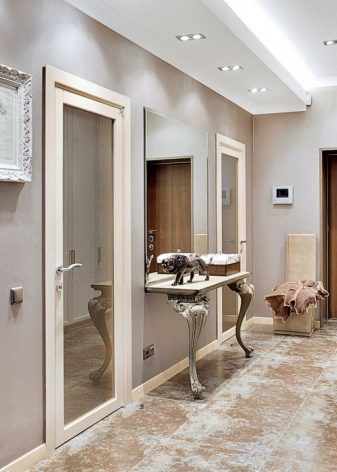

- Travertine, limestone, soapstone, sandstone widely used as a finishing stone for flooring, interior and exterior wall cladding, fireplaces, chimneys, outdoor paving.
- Fake diamondthat is cast in molds (usually a mixture of cement, aggregates and iron oxides) can be much lighter than natural. This is an advantage as it does not weigh down the walls and is easier to install yourself. The technologies for making artificial stone are constantly being improved, and from a distance the difference between it and natural stone is almost invisible. In addition, this material has excellent performance, fire resistance and low cost. However, a mass-produced product is not able to create the feeling of "one of a kind" inherent in natural stone.
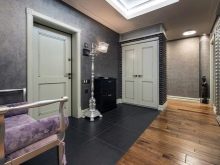

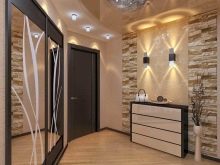
However, since it is imperative today to cut costs where possible, designers are increasingly using man-made materials. The current economic climate, limited access to credit, and declining income levels all mean that designers must compete in a tough buying market. However, customers still demand high quality and beauty that does not deteriorate over time.
New modern man-made materials such as stone veneer, sometimes called artificial stone, or veneer, are helping to solve this dilemma. This material makes it possible to implement fresh innovative projects due to the high variability of its use and reduce costs. Variability is related to the ability of a material to be cut into pieces of various shapes and sizes.
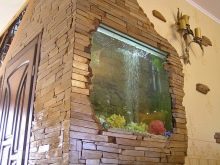
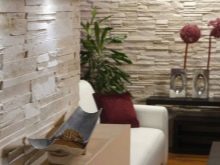
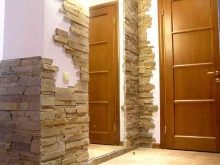
Decorative stone veneers are designed for interior walls or fireplaces. They add style to the room by simulating the look and texture of natural stone. Some decorative stone veneers are made as panels to speed up and simplify installation, others as separate parts.
Artificial stone cladding panels are made of high density waterproof polyurethane. Colored oxides are added to the polyurethane for coloring. This combination of materials is compressed under high pressure in the form of stone, rock or brick, resulting in a dense, lifelike finished faux stone panel.
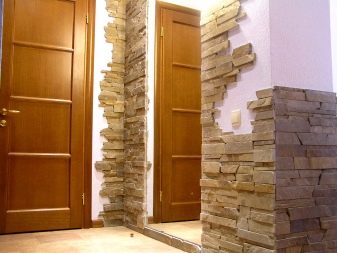
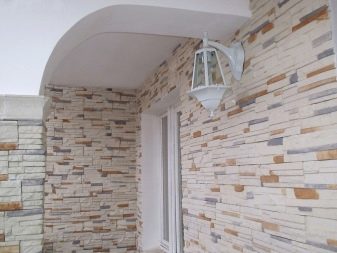
Beauty, great appearance, natural color and texture - these are the attributes of the interior walls, finished with artificial stone veneer. They are easy to maintain and do not lose their appearance over a long period of time.
Varieties of wallpaper
Traditional wallpaper can be single (simplex) or double (duplex). They are very popular, however they fade in the sun and do not wash. Some types are not resistant to moisture, so it is difficult to apply them to the wall without rinsing off some of the paint.
A very popular type of wallpaper is vinyl. They consist of a backing layer, paper or fiber, and a plastic top coat. Their advantages are obvious: they are washable, lightweight, relatively cheap and extremely durable, making them ideal for use in frequently visited rooms (kitchens, dining rooms, bathrooms).
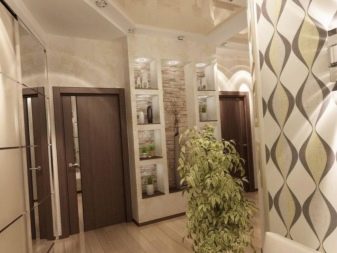
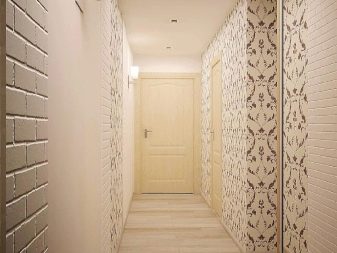
They should be changed only after 10-20 years. Vinyl wallpapers vary greatly in color and pattern, and can mimic wood, stone, concrete, and more. However, they do not allow walls to breathe, they can give off toxic fumes, so they should not be used in bedrooms and poorly ventilated areas.
Embossed wallpaper can hide wall defects: scratches, cracks and roughness. The disadvantages are that they are difficult to glue neatly (because the edges will begin to bend and flake over time), and it is also difficult to peel them off the wall: you risk damaging the plaster.
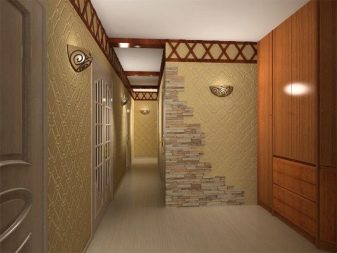
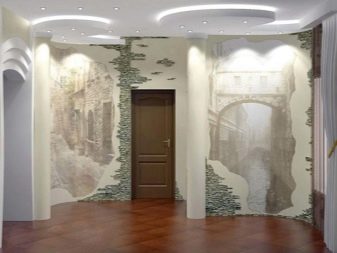
Non-woven wallpaper is tear resistant. This is a great advantage as they are not damaged when glued or removed.It is the most comfortable and environmentally friendly wallpaper on the market today. They are incredibly lightweight and adhere perfectly without much effort. This type of wallpaper does not expand or shrink, so it does not change its size over time. It can also be used as a base for painting. However, non-woven wallpaper is expensive and not washable.
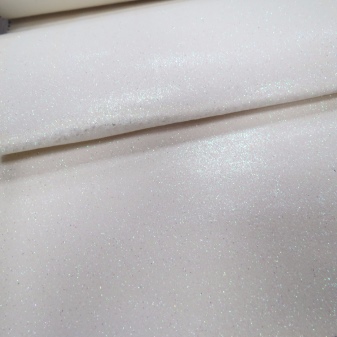
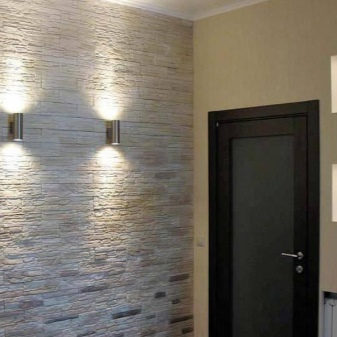
Today's wall murals allow designers and homeowners to use personal photographs, drawings, landscapes, and scenes on their walls. Modern wall murals are self-adhesive and reusable.
Designers use them for residential and commercial projects, indoor and outdoor applications. The size of the room is of prime importance when deciding on their use. Wall murals require a fair amount of distance to look good because they usually provide a kind of theatrical backdrop. We do not see the overall composition up close. Looking at the details will not give the desired effect. The ambiance of the room is also important. What do you usually do in it: work, eat, sleep, all these questions are important for choosing a theme or style of photowall-paper.
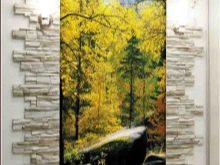
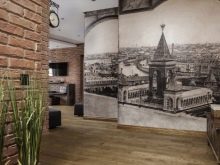
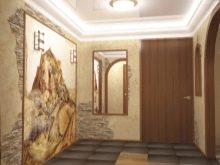
Liquid wallpaper is a wall and ceiling covering that is environmentally friendly as it is made from recycled fibers. Just add water before application. This coating is certainly a very practical option as it does not contain chemicals, can be used on any wall and hides the imperfections of the plaster. It is applied with a trowel rather than glued on like regular wallpaper, which provides a smooth finish without joints or seams, and also eliminates the need to overlap images on different pieces, which is a problem with regular wallpaper.

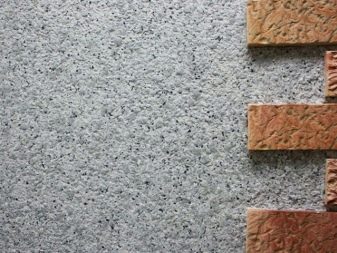
This coating is easily applied to the surfaces of bay windows, arches and pipes, where conventional wallpaper is not applicable. It can be used almost anywhere, even in rooms with a high percentage of humidity and unstable temperatures.
A significant advantage is that it is easy to repair. When the walls of a home shrink or expand due to heat or cold, small breaks in the coating can potentially occur over time. There is a simple solution to the problem: using a bottle of water, a spray bottle and a spatula, any cracks can be smoothed out in seconds.
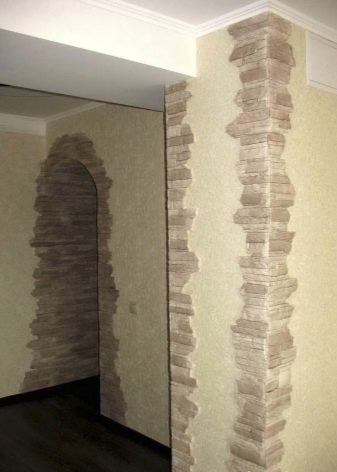
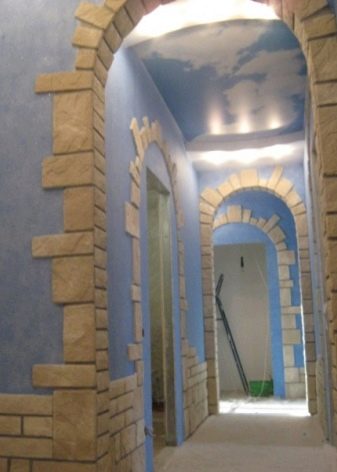
Liquid wall coverings provide an ideal combination with other finishing materials: cork, paint, other decorative wall coverings and decorative plasters, wallpaper, stone and so on, allowing you to create an economical modern and exclusive interior design.
Beautiful interior design options
- Wallpaper with large patterns on the sloping surface creates an interesting contrast to the geometric pattern of the walls. The white base visually expands the compact space. A painted chair and lamp make this area the focal point of the hall.
- The brick floor adds personality to the hallway in a country house.
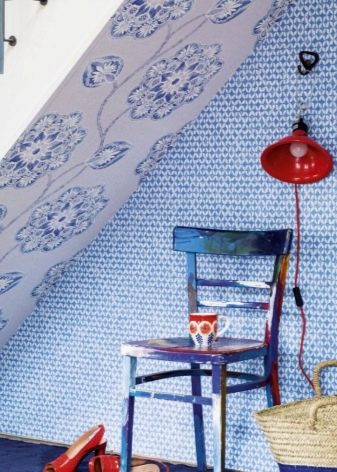
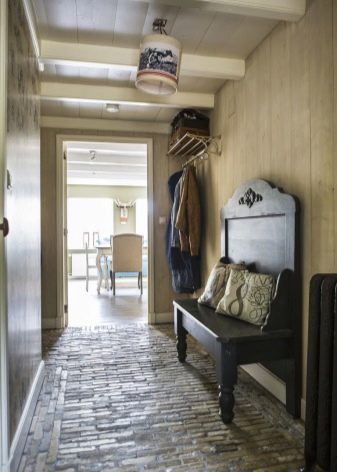
- The warm light of the built-in lamps allows the texture of the "wild" stone to unfold and play, and the penumbraes from the pendant lamps add fabulousness and mysticism to the room. Slate with a rust tint was chosen for the flooring, which matches well with the color of the walls.
- Light brick walls and pendant lighting can make even a narrow corridor in the "Khrushchev" impressive.
- Panels that mimic ancient stone walls have transformed an ordinary living room into an interesting, inviting place where you want to stay longer.
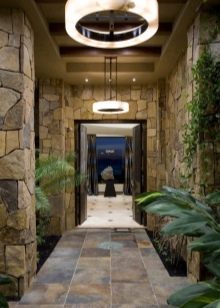

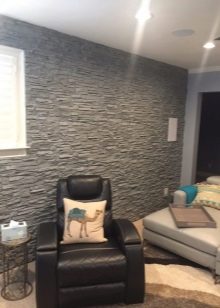
For information on how to properly lay decorative stone on the walls, see the next video.













The comment was sent successfully.